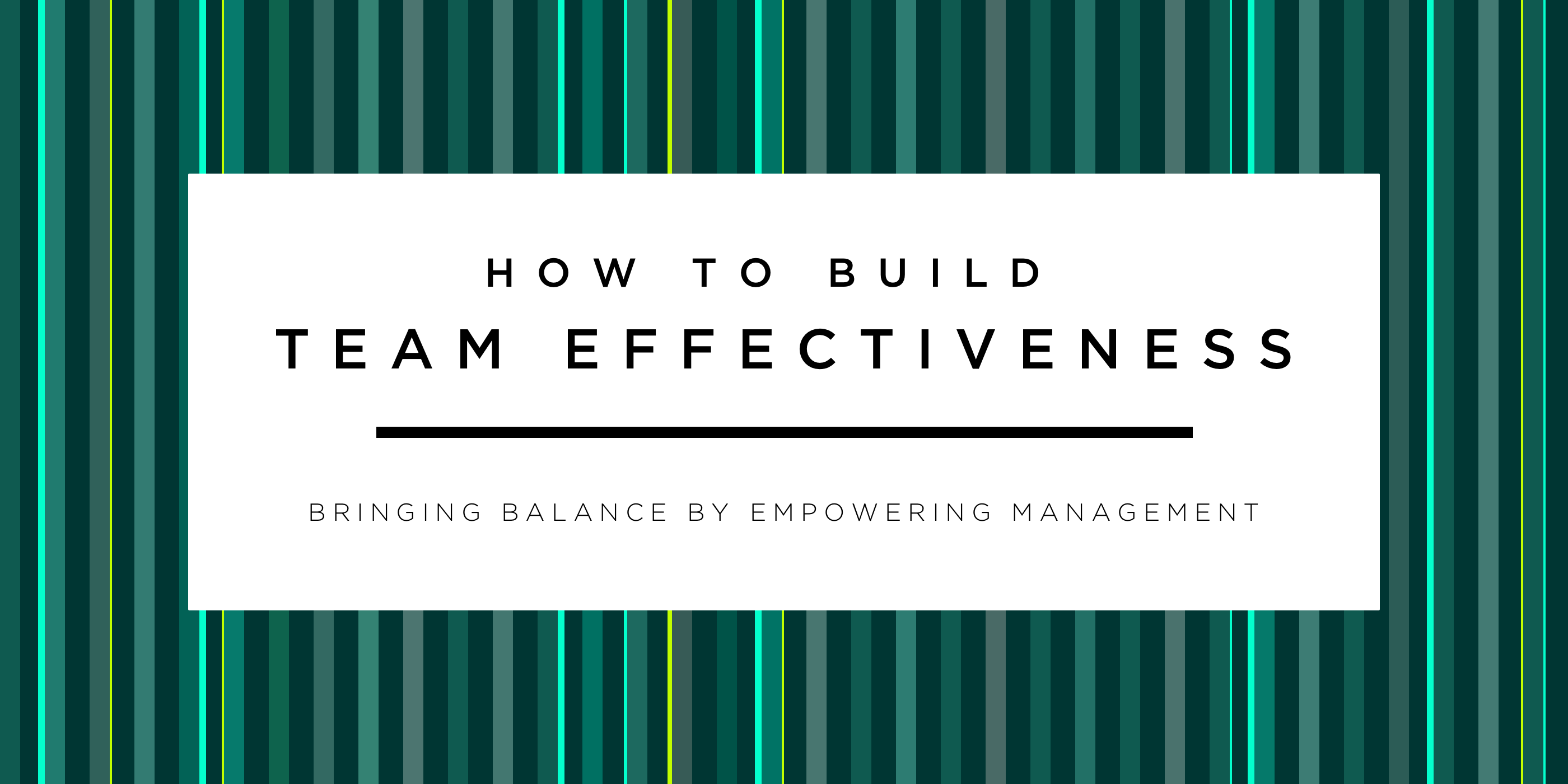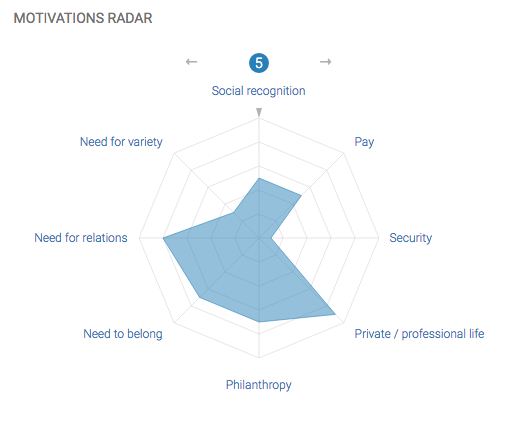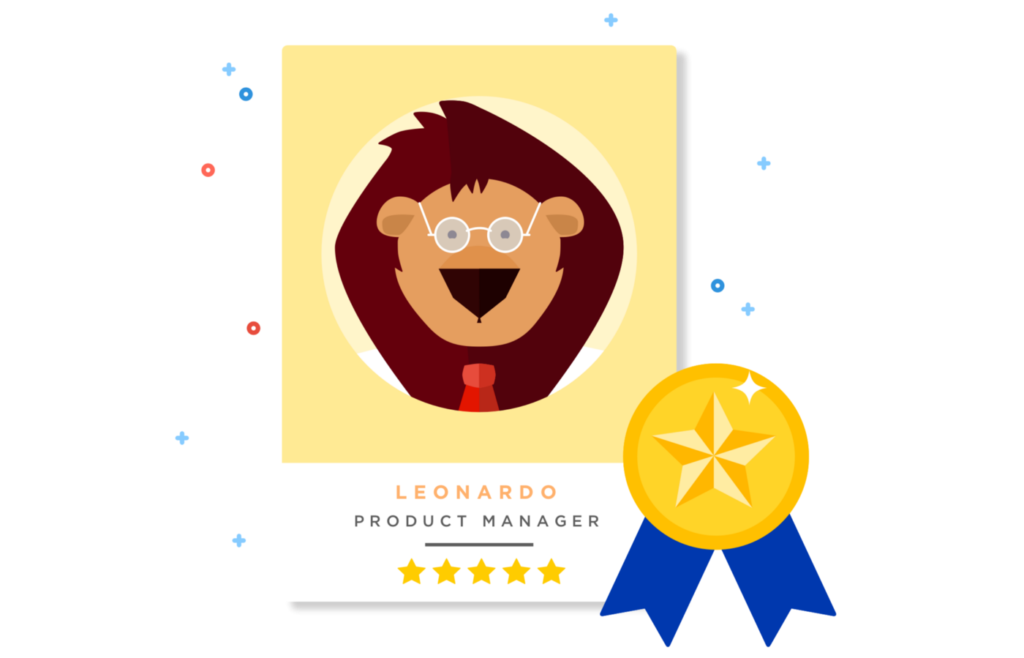Are Remote Workforces Shaping a “New Normal”?
At times like this, it can be difficult to see the light at the end of the tunnel, as our personal and professional lives are sent in disarray as we cancel, adjust and adapt. It is important to remember during this difficult and complicated time that we WILL get past all of this, and things will go back to normal. But what exactly does normal mean? Of the adaptations we make in business and at home over the course of time to come, what residual long-term impacts will this have on how we communicate, perceive, socialize and work?
To gain insights on the latter, we spoke with an expert in the world of work, Andrew Limouris, the global CEO of Talentoday and CEO of Medix, a staffing company based out of Chicago, for his opinions on how the paradigm of work might shift.
What immediate impacts have you seen from your purview in staffing on how organizational operations have adjusted at this time?
“Obviously with the early warnings of an imminent social isolation order, the very first shift we noticed was internal meeting cadence and structure. People became more conservative and concise in conversations, and organizations scrutinized which meetings were truly necessary face-to-face versus over email. Then came the shift to entirely remote workforces. Organizations needed to entrust their teammates to carry out their duties in remote settings, therefore adjusting communication and in some cases accountability measures. Individuals needed to self-discipline and set up their day to achieve success in sometimes distracting environments. Technological accommodations had to be made on organizational levels. And organizations clamored to figure out how to keep team culture alive and remove collaborative barriers that could be achieved through technology now that physical barriers were imposed. The key for everything has been understanding: understanding who your people are- both their hard AND soft skills, understanding who your managers are, understanding the environments that make them successful, and understanding their viewpoints and perspectives.”
What external impacts has that had on organizations, especially those like yours in the services industry?
“For Medix, we serve two different groups of ‘clients’: the talent we place and the companies we place them at. For interviewing talent, it is our literal job to ensure we understand who they are, their aspirations, their motivations, their strengths and weaknesses, to place them in environments and opportunities they will thrive in. Shifting to complete online interviewing adds just one more layer to chip through in getting to truly know someone. On a company/client group level, with all meetings being switched to virtual, organizations find it that much more imperative to understand goals and intentions as early as possible in a conversation in order to maximize the impact of virtual meetings that tend to have enough distraction and mental interruption as is. It isn’t insurmountable, but it has been a challenge.”
What have been the positive ramifications of these changes?
“I believe organizations are finding new efficiencies that might not have existed before. Our communication has become more concise, and by virtue, oftentimes more powerful. One beautiful thing that has emerged in organizations is trust. Companies are setting up the accountability infrastructure for truly efficient and empowered teams. Employees tend to appreciate this autonomy, which can reap benefits in increased engagement and psychological safety with their places of work.”
What are some of the challenges?
“Operationally speaking, it is already intensely difficult to source, screen, hire, onboard, motivate, engage and grow effective teams. If it was easy, companies like Medix or Talentoday wouldn’t exist. The only way to do this effectively, as I mentioned, is to have a deep, robust understanding of who a person intrinsically is- not just what’s on their resume. Not just what they tell you in annual reviews. Adding a veil of technology only intensifies those challenges. My biggest fear regarding remote work is and always has been the impact it could have on our culture. Maintaining team collaboration and a cohesive vision in a remote environment is tough.”
What are your thoughts on the long-term impacts and how to handle them?
“It’s most organizations’ goal to achieve operational and financial efficiencies, so as companies spend the months ahead figuring out how to maximize their teams’ time and energy, I would not be surprised to see less lengthy meetings in boardrooms in the future, and many more flexible work programs surface. If they prove to be effective operationally, as well as motivating or incentivizing to employees, I would expect employers who might have been adverse to them in the past experimenting with implementing more widespread remote offerings to teammates. The caveat is going to be to continue to balance those efficiencies and benefits with the costs and risks I mentioned. What can be achieved through technical skills can sometimes be interrupted with soft-skills incongruencies due to environment and work styles, and aligning individuals with roles, teams and cultures that don’t need physical presence to be effective will be increasingly important.”
With still uncertain times on the horizon, one thing that is certain is that for employers and citizens at large, we will want to spend this time deepening our understanding of our companies, our teams, our social circles and ourselves, in order to best adapt to the potentially long-term or in some cases even permanent aftermath to our workstyles and lifestyles in general.
If you’re interested in learning more information about Talentoday, please visit www.talentoday.com or contact our experts at contact@talentoday.com.
How to Build Team Effectiveness: Bringing Balance by Empowering Management

Last week I touched upon the importance of individual self-awareness for team effectiveness in Part 1 of this series, How to Build Team Effectiveness: It starts with the Individual. Today I will shift my attention to leadership within the team, and what managers should strive for when creating a balanced team.
I decided to interview a long-time successful leader, Gino Blefari, CEO of Berkshire Hathaway HomeServices. With 30 years of management experience under his belt and numerous awards in leadership and mentorship, I knew he would have a few nuggets on team effectiveness.
Gino first said that a key to his success in inspiring teams is that he is constantly learning. He is always picking up books and learning new techniques from authors new and old. The books he reads are not just business books, some are fictional novels, others autobiographies, all in which he is able to prune out important takeaways.
When I asked him what makes up a good team he got excited, telling me he had just read The Boys in the Boat, a feel-good story about superstar rowers on a quest to achieve Olympic victory. He said not only was the story incredibly inspirational, but weaved in the keys to a successful team that are applicable to every industry and profession.
“Crew races are not won by clones. They are won by crews, and great crews are carefully balanced blends of both physical abilities and personality types … And capitalizing on diversity is perhaps even more important when it comes to the characters of oarsmen. Good crews are good blends of personalities; someone to lead the charge, someone to hold something in reserve; someone to pick a fight, someone to make peace; someone to think things through, someone to charge ahead without thinking. Somehow all this must mesh. That’s the steepest challenge.”
It goes without saying that every team is different. What makes a team dynamic and productive is having variety. Building on the knowledge of an individual’s skill set, managers can harness their unique skills to build teams with balance. A smart manager knows what to look for but often has little time. Gino & I discussed that his busy schedule has pushed him to make every minute count.
As a manager, it is your job to create an environment that fosters this idea of synergy. Synergy is defined as the interaction or cooperation of two or more individuals to produce a combined effect greater than the sum of their separate effects. When I asked Gino how he achieves this with his teams, he was ready with an answer,
“The closer the team is together, the better the team will perform together. When individuals become accountable to their teammates, that’s when productivity grows exponentially.”
Every time someone new joins his team they are assigned an accountability partner. You are responsible for talking to your partner every day, whether it is a call or an in person meeting. The goal of the call is to get to know your teammate as an individual, aside from work. In a dream world this would happen with every new hire across all companies. But time and expansion can cause managers to cut corners when getting to know their teammates, throwing a wrench in that whole “synergy” thing.
So how can we stay in tune with our employees changing needs especially when we are pressed for time? One option might rely on technology. For instance, Talentoday, a people analytics platform and soft skills personality assessment, allows a manager to become the psychologist who can artfully concoct the perfect blend of personalities to create an effective team.
Similar to Gino’s “accountability partner” idea, Talentoday’s Premium Development Report allows you get an in depth analysis of an individual’s personality traits and motivators in the work place. Everyone is unique and we all have different drives that get us out of bed in the morning. As a manager, having these insights in your back pocket would no doubt give you the information you need to keep your employees engaged.

But this idea of getting to know your employee both personally and professionally only works if you have hired the right individual in the first place. Which brings me to my final thought; fostering team effectiveness begins with recruiting the right people. Next week we will take a look at the recruiting process and the important combination of data and intuition when selecting people to join your team.
Curious to find out your professional traits? Check out our page to take your free personality assessment today. And if you like this post, please hit the ❤️ button below or give me a shout on Twitter.
What’s your management style? Infographic with women vs. men comparison
One day we may all be promoted to a management position. Experience and career advancement push us towards positions with more responsibilities, so what kind of managers will we be? Depending on our personalities, we will adopt different types of attitudes and behaviors.
A leader’s personality varies widely. In fact, there are as many different ways to manage people as there are people on earth. Management style is the result of the manager’s environment as well as his or her true character. In order to be most effective, the style must be adapted to each situation*. Adopting the same behavior for each situation could be a real problem for people leading teams and projects.
Paul Hersey and Kenneth Blanchard proposed a typology of 4 main management styles. To understand the different types, we need to take various factors into account, such as the natural tendency to lead of the people, or the manager’s ability to open up to other people’s ideas.
Let’s take a look at the four types introduced by Hersey and Blanchard, and how they can exist in the workplace:
- Autocratic Management: The manager makes decisions within the team, acting as an example for others. Especially in times of stress, employees may enjoy working with an autocratic leader. They may enjoy being told exactly what to do and having someone step up, take initiative, and take control of the situation. This management style can be especially effective when decisions are needed on an urgent basis, but can be somewhat stressful for some employees when the added pressure plays against them, hindering their performance and the overall atmosphere in the workplace.
- Paternalistic Management: The manager devotes time to pedagogy, taking the time to explain decisions and coach the team. In this style of management, the relationship between leaders and their employees is similar to the relationship between the head of a family and the members of the family. The manager in this sense is guiding and protecting his employees as if they are members of his own family. This approach can be difficult when used with senior professionals, who may not like their own interests looked after so attentively. Instead of gratitude, it may bring about resentment among senior-level employees, so may be a more successful style for use with entry-level employees who are in need of a more hands-on approach. The relationships between these coworkers and their leader are extremely solid.
Democratic Management: The manager encourages the participation of the team and includes their point of view in the final decision. This style is a very open way of organizing a team. Ideas are encouraged, and are openly discussed within the group. Everyone is encouraged to share their point of view. With situations of frequent change, this form of management allows for a great deal of flexibility in order to adapt and improve. Democratic management may bring out the best in a highly-experienced team, capitalizing on their skills, talents and experience, allowing them to share their views, rather than expecting employees to conform to one idea. This style may be inefficient in times of emergency or rush, as the decision-making process is longer. - Delegative Management: The manager leaves decisions up to the team, empowering others to develop and grow their ideas. This style is also known as laissez-faire or hands-off, as it empowers employees to strengthen their own management and personal leadership skills during the process. The leader assigns tasks to employees, while providing adequate support and resources to complete them, and the employees are responsible for each of their own projects. While the manager is still held responsible for the final product, this style expresses trust in employees, and allows the manager to be available to employees for feedback and growth. When the team needs too much reassurance or encouragement, the style might not be adapted, especially during stressful situations or with entry-level employees.
So, what’s your management style?
With data collected through Talentoday’s analytical tools, we developed the following infographic illustrating the preferred management styles of men and women around the world.
*The Situational Leadership Theory, Paul Hersey and Kenneth Blanchard (1967)
Learn more about Talentoday and take the scientifically designed assessment:www.talentoday.com




